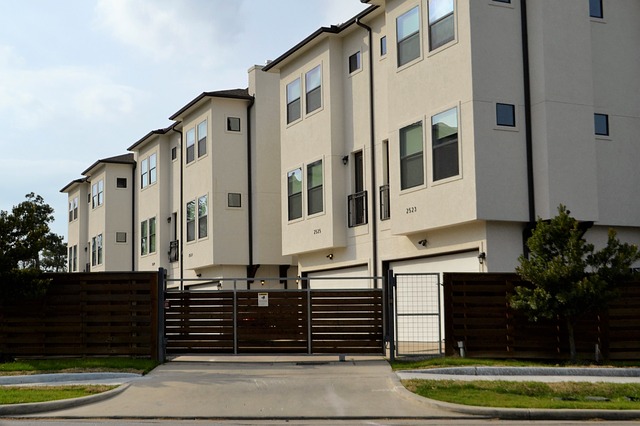Affordable housing are housing units targeted at low income households in cities, suburbs and rural areas. According to ABT Associates, these types of housing are often presented as either owner occupier or rental tenure. In spite of many well-meaning objectives, the efforts to realize affordable housing continue to be bog government agencies and private mortgage providers. On the government’s side, evidence points to experimentation of various support programs like provision of down payment grants, subsidies on interest rates and tax incentives for lending institutions. Borrowers looking to benefit from affordable housing initiatives are also caught between two dimensions of affordability; the ability to offer stipulated down payment and service the already signed out loans or the payment burden. On the whole, the challenge of providing affordable housing is aggravated by the inability of housing providers to match supply with demand.
The role of government and key stakeholders
The federal government has an important role in ensuring the dream of affordable housing comes to fruition without any delay. In the mid 90’s, the government mostly concentrated on supporting project based assisted private housing, tenant based assisted housing, construction of public housing. The tenant based rental assistance was essentially a tax credit program designed to harness equity capital for individuals and families living in low income housing.
According to a smart neighborhood improvement and advocacy group Smart Growth America, the federal financing of real estate ventures continues to impact the lives of millions of people living in America today. Indeed, the government spending on real estate programs now amounts to $450 billion annually. The relief is largely in the form of tax, loan and direct expenditures. Between 2007 and 2017, the government committed $2.2 trillion on various real estate programs.
The assistance was distributed to various communities through direct grants and credit subsidies, tax expenditures and loan guarantees. The largest beneficiaries of direct grant programs are project based rental assistance and tenant based rental assistance. These figures do not include the trillions of dollars spent in loans and loan guarantees by entities like Fannie Mae. To ensure sustained success, the government and industry stakeholders also need to:
• Provide safety nets to support depressed families
• Support balanced housing choices in rural areas, cities and suburbs
• Make aggressive efforts to reinvestment in existing communities and neighborhoods
• Help grow the middle class in order to uplift the housing market
What Chenoa Fund is doing ease the housing burden
The Utah based Chenoa fund strongly believes that access to affordable housing is a right every American should enjoy. Over the years, the fund has given many creditworthy families the right tools to acquire homes. This has in turn increased the number of families living in affordable housing and created healthy communities that are proud of home ownership and other favorable housing arrangements. Chenoa attributes its success to the spirited cohesion it has built between home buyers, lenders, realtors and developers all across the US.
The federally chartered government agency, CBC Mortgage Agency (CBCMA) supports Chenoa Fund in its long drawn mission to increase affordable and sustainable homeownership to a vast segment of the deprived population. The specialty, mortgage finance agency offers appropriate secondary mortgage products to creditworthy individuals with little or no down payments to purchase a home. Families looking for home buyer support or simply want to speak to the program development team members can get in touch with the two funds via email and phone contact.
